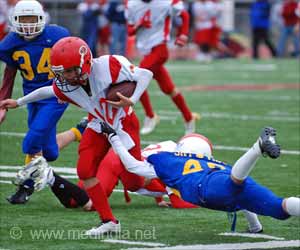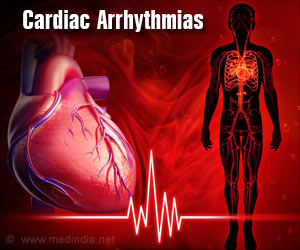The players underwent a brain scan called an MRI (susceptibility-weighted imaging and diffusion tensor imaging) and around half then had a second MRI scan a year later.
‘Abnormal changes in brain structure (wiring of the brain in white matter) may be associated with participation in elite adult rugby. This invites more objective measures to assess the long-term effects of sporting head injuries on the brain.’
Brain Changes and Sports
It was found that a 23% of the rugby players had signs of abnormalities to the white matter, in addition to abnormal changes in white matter volume over time and small tears in blood vessels.
The white matter of the brain consists of the ‘wiring’ (axons) of the brain. It helps brain cells to communicate with each other. The tears in blood vessels cause small leaks in the brain, called microbleeds. They interfere with the functioning of the brain.
“Despite relatively high rates of head injury and an increasing focus on prevention, there has been relatively little research investigating the long-term effects of rugby participation. More objective measures of the effects of sporting head injuries on the brain are needed to assist with the assessment and management of individual players, ” says Professor David Sharp, senior author from Imperial’s Department of Brain Sciences.
The players were also assessed using memory tests to analyze their brain function. No functional abnormalities in their brain structures were found in the players. However further studies are required to investigate the long-term effects on brain health.
Source: Medindia



